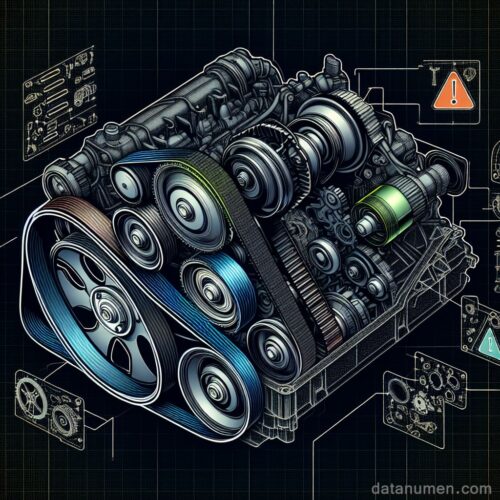1. Assessing the Situation
As the man’s car breaks down in the middle of nowhere, a feeling of panic sets in. With very few tools on hand, he realizes that he is facing a challenging situation. The isolation of his surroundings adds to his sense of unease, as there are no nearby shops or service stations that could offer assistance. The limited resources at his disposal highlight the importance of assessing the situation carefully before taking any action.
Without the proper tools and resources to fix his car, the man must first evaluate his options. He considers his location, the condition of the vehicle, and the extent of the damage. This evaluation process is crucial in determining the best course of action to take. Should he attempt to repair the car himself, seek help from passing motorists, or call for professional assistance?
Additionally, the man must also assess his own capabilities and skills. Does he have the knowledge and experience required to troubleshoot and fix the issue? Is he confident in his ability to handle the problem effectively? By honestly evaluating his own strengths and weaknesses, he can make an informed decision on how to proceed.
In conclusion, assessing the situation is the first step towards finding a solution to the man’s car troubles. With limited tools and resources at his disposal, careful evaluation and consideration of the circumstances are essential in determining the best course of action to take.

2. Diagnosing the Issue
When addressing issues with engine performance, the first step is always to identify the root cause of the problem. In this case, the problem has been pinpointed to a loose belt that is causing the engine to malfunction. This diagnosis is crucial in ensuring that the most appropriate solution can be implemented to resolve the issue effectively.
It is essential to carefully examine the engine components to accurately determine the source of the problem. A loose belt can lead to a variety of issues, including strange noises, poor performance, and even complete engine failure. By diagnosing the issue as a loose belt, it becomes clear that tightening or replacing the belt will be necessary to restore the engine’s proper functionality.
Moreover, identifying the specific cause of the problem helps prevent unnecessary repairs and expenses. Instead of applying a generic fix to the engine, knowing that a loose belt is the culprit allows for a targeted approach to solving the issue. This not only saves time and money but also ensures that the engine will be back up and running efficiently in no time.
In conclusion, diagnosing the issue as a loose belt causing engine malfunction is a critical first step in the repair process. It provides clarity on the root cause of the problem, guides the selection of the appropriate solution, and ultimately leads to a successful resolution of the issue at hand.

3. Resourceful Solutions
When faced with a broken engine in the middle of nowhere, sometimes you have to think outside the box. In a stroke of resourcefulness, the protagonist decides to use shoelaces as makeshift belts to temporarily fix the engine. By creatively utilizing this everyday item in an unconventional way, they are able to MacGyver a solution that gets them back on track.
This quick thinking and ability to adapt to unforeseen circumstances showcases the protagonist’s ingenuity and problem-solving skills. It also highlights the importance of being resourceful and making the most out of the resources available, no matter how limited they may be.
Ultimately, this moment not only saves the day but also serves as a reminder that sometimes the most effective solutions are the ones that come from thinking creatively and making do with what you have. It’s a testament to the protagonist’s resilience and determination, as well as their ability to turn obstacles into opportunities.

4. Testing the Fix
After completing the repairs on his engine, John cautiously starts the engine once again. To his relief and delight, he discovers that his quick fix has indeed worked! The engine starts smoothly and runs without any issues, indicating that the problem has been successfully resolved.

5. Making it to Safety
When faced with a mechanical issue on the road, it is crucial to prioritize safety and take the necessary steps to ensure a smooth and safe journey to your destination. Instead of ignoring the problem or attempting to continue driving with the issue, it is advisable to proceed with caution and drive slowly to the nearest mechanic for proper repairs.
Driving slowly to the nearest mechanic helps to prevent further damage to your vehicle and reduces the risk of accidents caused by malfunctioning parts. It allows you to maintain control over the vehicle and make it to safety without putting yourself or other motorists in danger.
By approaching the situation calmly and making the responsible decision to seek professional help, you are taking the first step towards resolving the issue and ensuring a safe outcome. Prioritizing safety over convenience is essential when it comes to handling unexpected challenges on the road.
Remember, driving with a mechanical issue can pose serious risks to both yourself and others on the road. Taking the time to address the problem promptly and driving at a reduced speed to reach a professional mechanic is the best course of action in such situations. Your safety and the safety of those around you should always be the top priority when facing car troubles on the road.

Leave a Reply